How Hot Melt Glue Works in Edge Banding Machines
When a solid stick of edge banding hot melt glue enters an edge banding machine, it magically transforms into a viscous liquid, is precisely applied to the board edge, and bonds firmly to the edge banding within seconds. This seemingly simple process is powered by the precise physics of hot melt glue. Let’s decode its “magic” transformation:
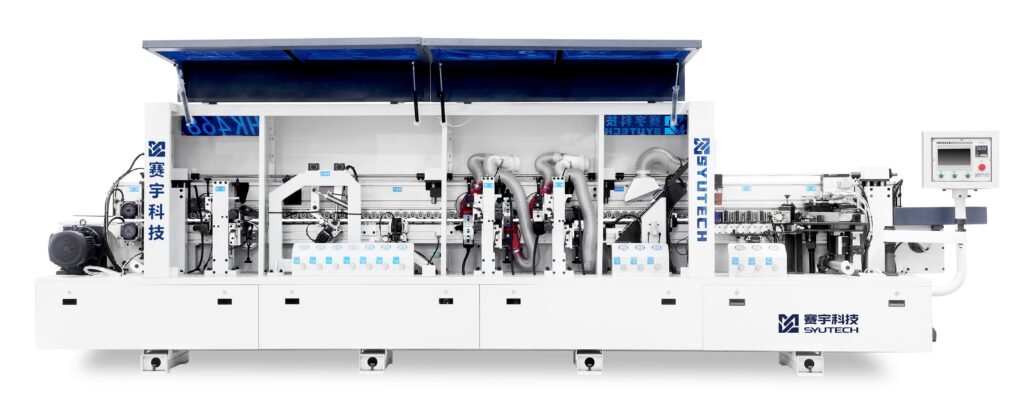
Edge banding hot melt glue is fundamentally a thermoplastic polymer. Its working principle relies entirely on physical phase changes, with no complex chemical reactions:
- Solid → Liquid (Melting):
- Heat-Sensitive Polymers: At room temperature, polymer molecules in the glue stick are tightly packed, “holding hands” (via intermolecular forces), maintaining a rigid solid state.
- The Melting “Furnace”: The glue pot (or melt tank) in the edge banding machine heats the glue stick to its specific melting temperature (typically 120°C–200°C, depending on glue type like EVA or PUR).
- “Hands” Broken Apart: Heat energy disrupts the “hand-holding” between polymer molecules (weakening intermolecular forces), allowing them to move freely. The solid glue stick magically becomes a viscous liquid melt.
- Liquid → Solid (Solidification):
- Heat Dissipation: Once the molten hot melt glue is applied to the board edge, it immediately encounters the cooler ambient temperature (room temperature).
- “Re-forming Ranks”: As heat rapidly dissipates into the board and air, polymer molecules slow down and begin “re-holding hands” (intermolecular forces strengthen again).
- Physical Lock Forms: This process is solidification. The melt transitions from a viscous liquid back to a solid within seconds to tens of seconds (depending on glue type and environment), creating a strong physical mechanical interlock and intermolecular adhesion between the board and edge banding.
Key Application Process in the Edge Banding Machine:
The edge banding machine is the perfect stage for this physical phase change:
- Melting & Feeding:
- Glue sticks are fed into the machine’s melting unit (glue pot/melt tank).
- Heating elements (usually electric) precisely control temperature, melting sticks into a uniform, viscous liquid.
- Molten glue is pumped (via gear or screw pump) to the application unit.
- Precise Application:
- Application Roller/Knife: Liquid melt is transferred to a high-speed rotating application roller or distributed via a knife system, ensuring even, precise coating on the edge surface of fast-moving boards. Glue application volume is critical and machine-controlled.
- Wetting the Surface: The melt must quickly and thoroughly wet the board edge (typically porous wood fiberboard, particleboard, etc.) and the back of the edge banding (PVC, ABS, veneer, etc.). Good wetting is essential for effective bonding, as the melt flows into microscopic pores.
- Lamination & Pressing:
- Edge Band Feeding: The edge banding (coil material) is fed simultaneously onto the glued board edge.
- Pressure Rollers/Plates: The glued board edge and banding immediately enter the pre-press rollers/plate zone. The glue is still hot, molten, and tacky.
- “Embrace” Phase: Pressure forces the melt into intimate contact with the board edge and banding back, ensuring maximum surface contact and deeper penetration into pores. The melt’s initial tack provides immediate grab to prevent shifting.
- Pressure & Solidification:
- Continuous Pressure: The board-band assembly passes through a series of pressure rollers or a pressure beam. Sustained pressure ensures tight bonding contact.
- Heat Dissipation & Solidification: During this pressurized transport, the melt rapidly loses heat. Polymer molecules begin rearranging, crystallizing, or solidifying, rapidly building bond strength. Set speed is crucial for production efficiency.
- Trimming & Cleaning:
- Cooling & Setting: After the pressure zone, the glue layer is mostly set.
- Trimming: Machine-mounted front/rear trimmers (or milling cutters/scrapers) precisely cut excess banding material from the ends and top/bottom.
- Scraping/Flushing: Flush trimming blades or scraping wheels trim the top/bottom edges flush with the board surface or create a slight bevel, removing any solidified glue squeeze-out (now hard plastic-like shavings).
- Polishing (Optional): Some machines include polishing wheels for a smoother edge finish.
Key Performance Metrics of Edge Banding Hot Melt Glue:
- Melt Viscosity: Determines flowability and application behavior. Too high = poor coating; too low = drips/over-penetration. Machines use precise temperature control to adjust viscosity.
- Open Time: The max window between glue application and effective bonding (laminating the band). Fast production lines need short open time glue (e.g., standard EVA). Complex shapes may require glue with slightly longer open time.
- Set Speed: Speed of transition from molten to solid state. Fast setting is vital for high-speed lines (e.g., EVA). PUR sets fast initially but fully cures via moisture reaction later.
- Initial Tack: The immediate grab/adhesion upon contact, preventing band shift before full press.
- Final Bond Strength: Fully cured resistance to peel and shear forces.
- Heat Resistance: Ability of cured glue to resist softening at high temps (crucial for kitchen/heat-exposed furniture; PUR excels here).
Main “Players” in Edge Banding Hot Melt Glue:
- Captain (Polymer):
- EVA (Ethylene-Vinyl Acetate): Most common, cost-effective, fast-setting. Ideal for most wood boards and PVC/ABS banding. The workhorse.
- PUR (Moisture-Reactive Polyurethane): Cures further by absorbing ambient moisture, forming partial chemical bonds. Offers superior final strength, heat/solvent/creep resistance, and moisture durability. Used for high-end/kitchen/bath furniture and demanding applications. Requires PUR-specific machines and strict glue line cleaning.
- Playmaker (Tackifier Resins): Enhance initial tack for instant grab upon lamination.
- Flexibility Controller (Waxes/Oils): Adjust melt viscosity, flow, and cured flexibility/brittleness. Waxes speed setting and reduce cost.
- Support Crew (Antioxidants, Stabilizers): Ensure stability during prolonged heating in the glue pot, preventing degradation, discoloration, or charring.
The “magic” of edge banding hot melt glue lies in its heat-activated, cool-solidified physical phase change. Edge banding machines leverage precise control of melt temperature, glue application, lamination pressure, and line speed to exploit the glue’s open time and set speed, enabling high-speed, efficient, and durable bonding of boards and edge banding. Understanding the physics of “How Hot Melt Glue Works” is key to mastering edge banding, selecting the right adhesive, and optimizing machine settings. From solid stick to liquid flow to solid lock, each transformation step showcases material science empowering modern furniture manufacturing.
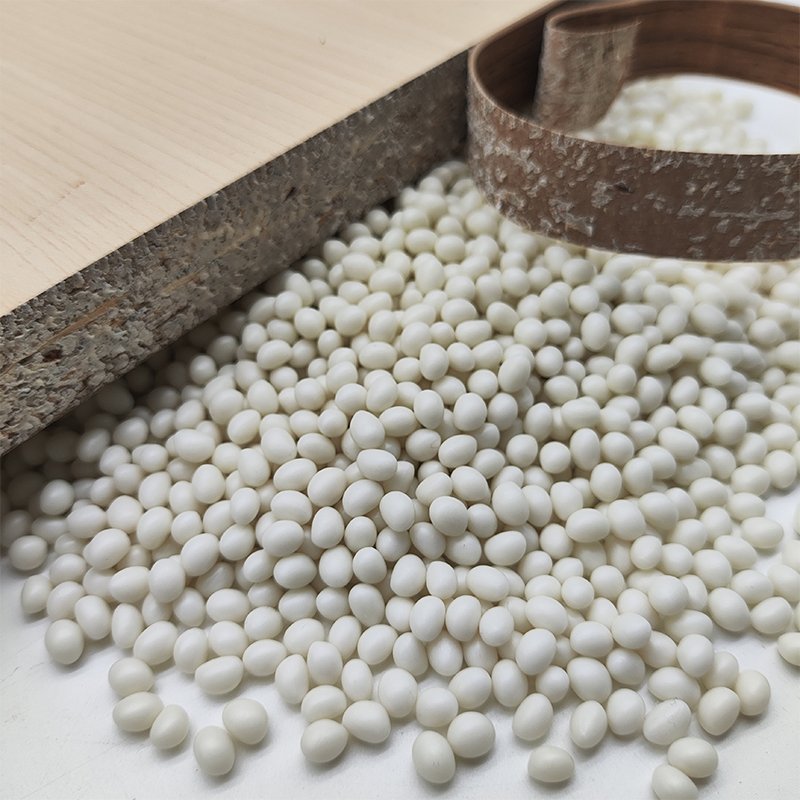



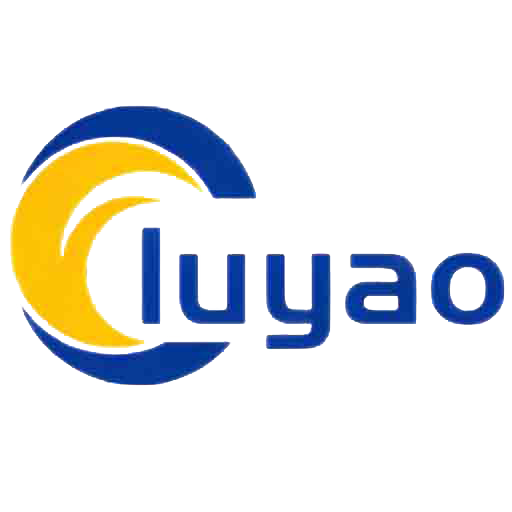



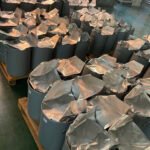
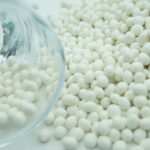

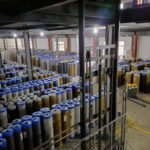




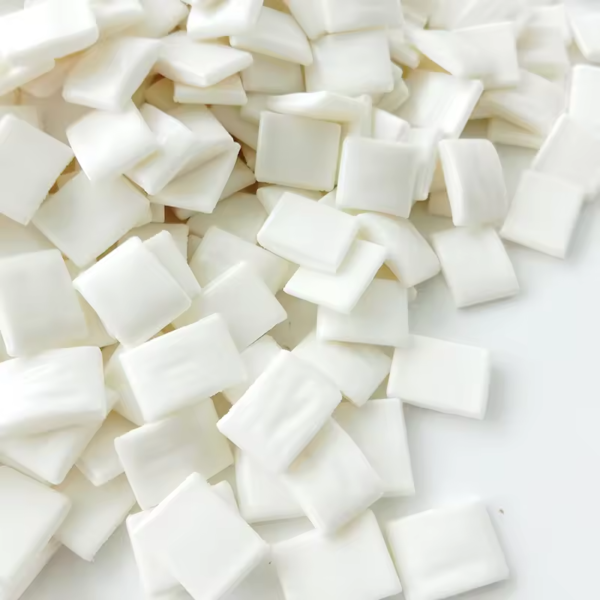

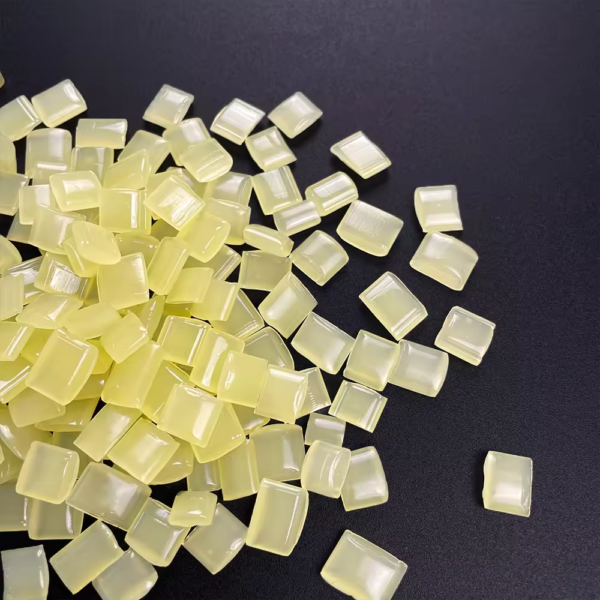


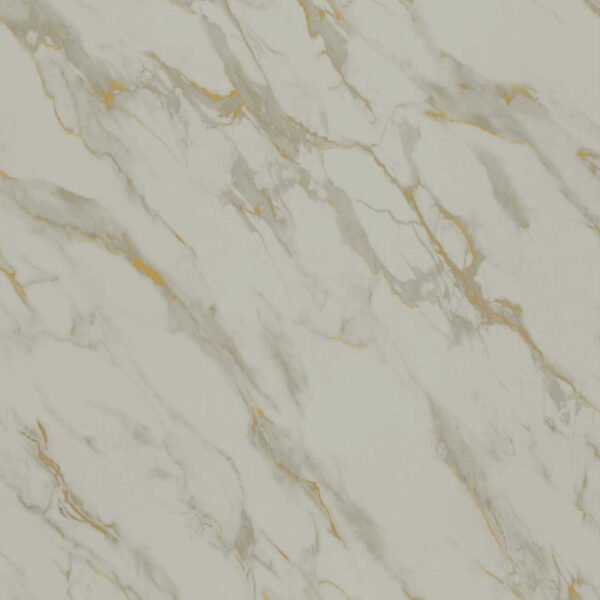

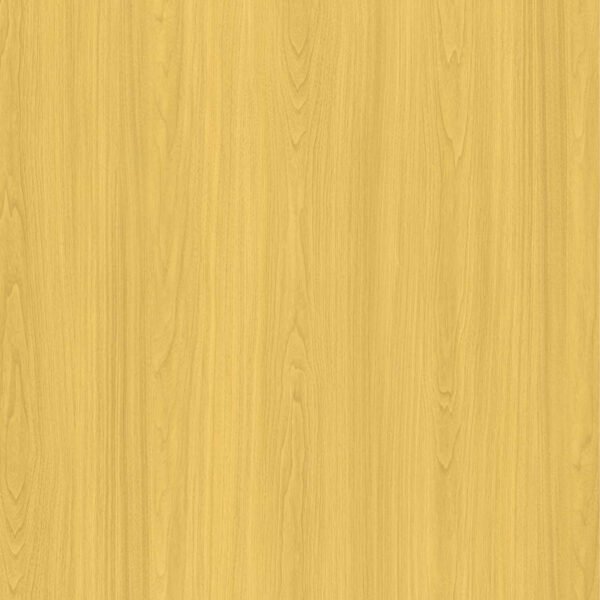


Leave a Reply